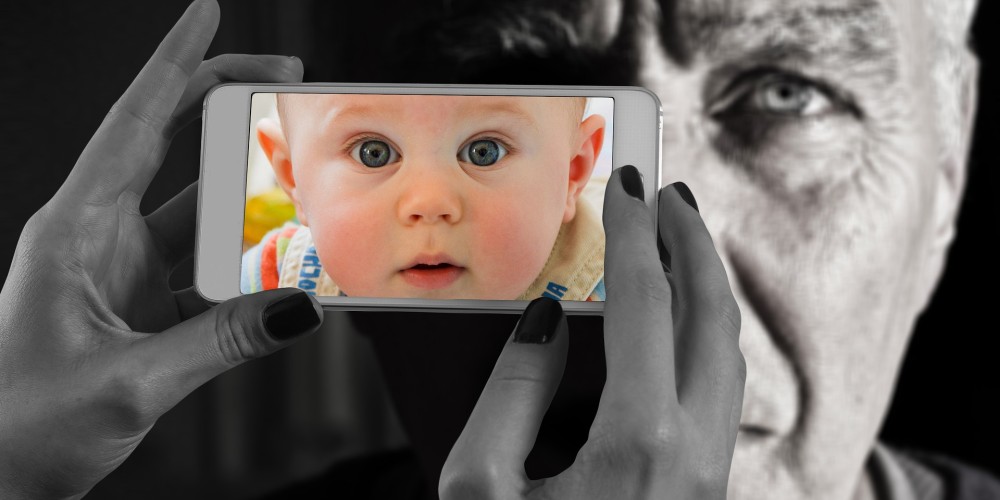How to blend old and new to succeed in the future

Last week I pointed out that the journey to ‘digital’ is not straightforward; the thinking leader will have to blend what is new and what is timeless in order to succeed.
‘Analogue’ in this sense does not just refer to things that you can touch and feel, like printed books and bank branches and fountain pens; more importantly, it is about understanding human nature.
Let’s listen to Jeff Bezos, founder of Amazon. That company, from what was a speculative e-commerce startup not so long ago, is now a global behemoth. It is one of the world’s top 5 most valuable companies. Bezos himself seems set to become the world’s richest person. That achievement has come from a rare intelligence, one that instinctively understands how to combine old and new.
When most people think about innovating for the future, they ask: “what’s going to change in the next 10 years?” Is it self-driving cars; virtual money; drone taxis; robot advisors? Bezos says there’s an even more important question to be asked: “What’s not going to change in the next 10 years?”
The core of your business strategy, he suggests, is built around things that are stable in time. In Amazon’s world, they know that their customers want low prices; they want a vast selection; and they want fast delivery. And that will remain true 10 years from now.
And so the stream of innovations Amazon keeps throwing out coalesce around this core. Bezos is able to push his organization to remain focused on pricing, selection and delivery – always. Anything that helps Amazon do those things better – server farms, pricing bots, drone delivery, own aircraft – are innovations that are readily embraced.
If you are a bank CEO thinking digital, your starting point should be clarity on what your customers actually want from you right now and in future. I think you would conclude that trust, speed, simplicity and convenience are top of mind. Whatever strategic investments you make next – physical or digital – had better be helping you to be easier to deal with and more relevant in your customers’ lives.
So you are certainly going to need state-of-the-art digital banking – apps that provide 24-7 contextual services, online platforms that reduce the friction of banking – but you will probably also need to keep (some) branches. The human being is unlikely to entrust money matters to purely digital beings; there will remain a need for face-to-face meetings where advice is imparted and empathy is felt. People will actually need to know there’s a bricks-and-mortar place with real humans in it close by – even though they will never transact there and will rarely want to visit it.
Bezos the master-disrupter got this right: printed books are a resurgent part of the Amazon product range again; and even physical bookstores are being rolled out in selected locations. But, crucially, they are stocking, displaying and selling in new ways, guided by digitally acquired customer data. Digital is serving analogue and making it better.
It is this blend of analogue and digital plays that you must get right – and the place to start is the experience and unspoken needs of the customer. Innovation guru Clayton Christensen calls this understanding the “jobs to be done” in the lives of your customers – the progress that people are trying to make in particular circumstances. People are not going to express these “jobs” to you – you have to figure them out.
When someone buys food at your restaurant, are they buying mere sustenance – or the reenactment of a precious childhood memory? Understanding the difference should change completely the way you provide the product. The former should be supplied quickly, cheaply and efficiently; the latter should come loaded with emotion and nostalgia. When someone buys the watch you sell, are they really trying to tell the time – or to signal achievement to others? Which one are you selling – a timepiece or a status symbol? The former competes with the mobile phone; the latter with a designer suit or a large-screen TV.
Innovation works best when it is centred on what customers truly value. Most often, you will have to figure out a winning blend of old and new, of tangible and intangible, of emotional and functional. So take off the blinkers. Strategies are not digital or analogue; those are just ways of striking the real gold – mattering in the ongoing lives of your customers.
(Sunday Nation, 28 May 2017)

Buy Sunny Bindra's new book
The X in CX
here »
Popular Posts
- NY’s wake-up call to the old guardNovember 9, 2025
- How to listen, really listenNovember 16, 2025
- Save your strength for repairsNovember 2, 2025
- Here’s why you should become foolishNovember 30, 2025
- Is AI hiring your company into oblivion?November 23, 2025















